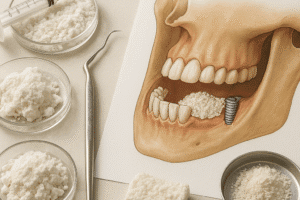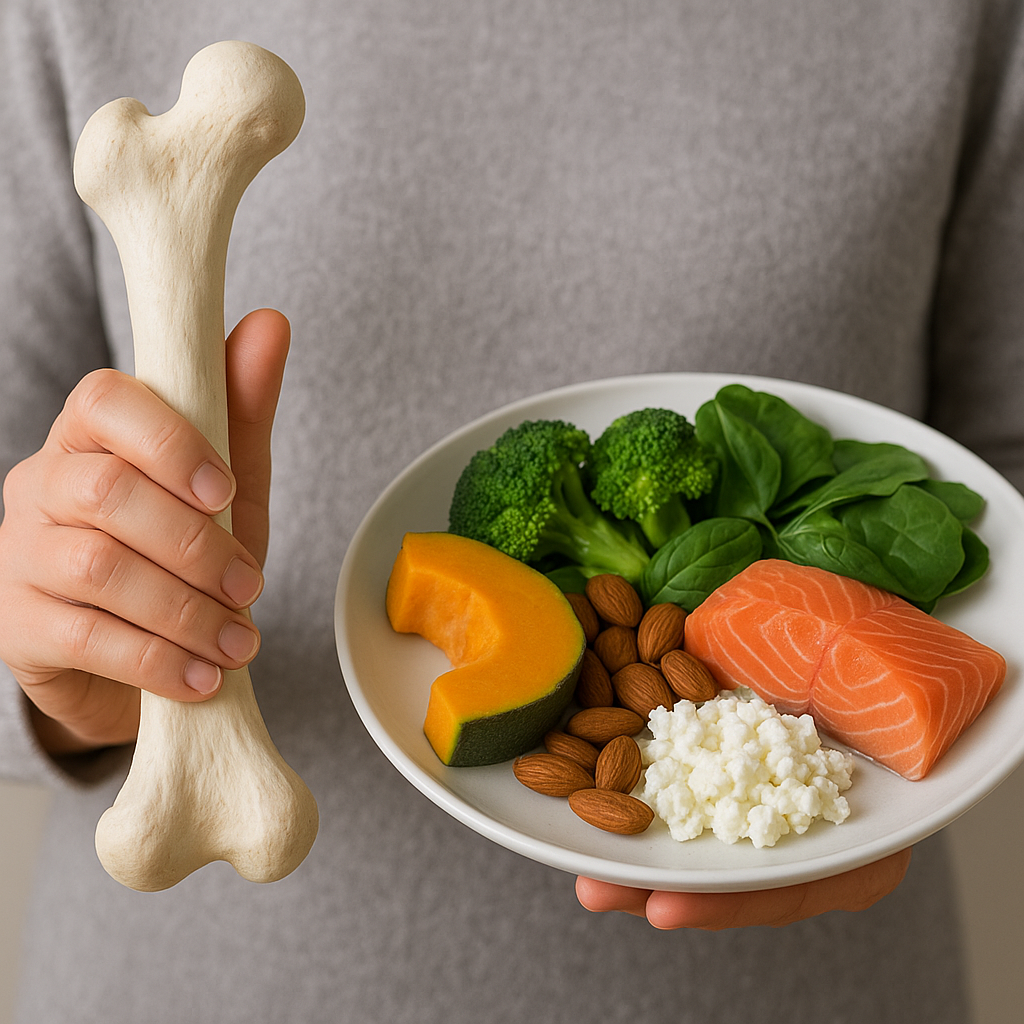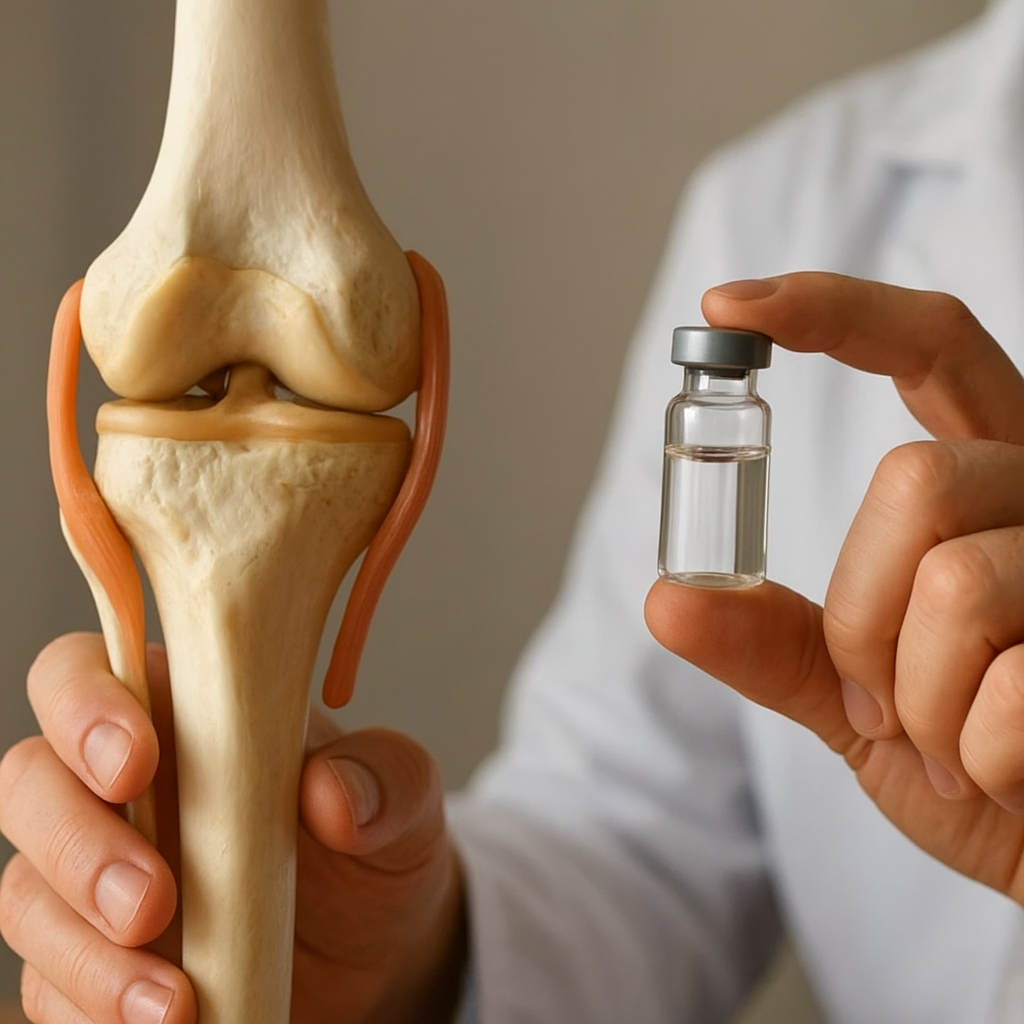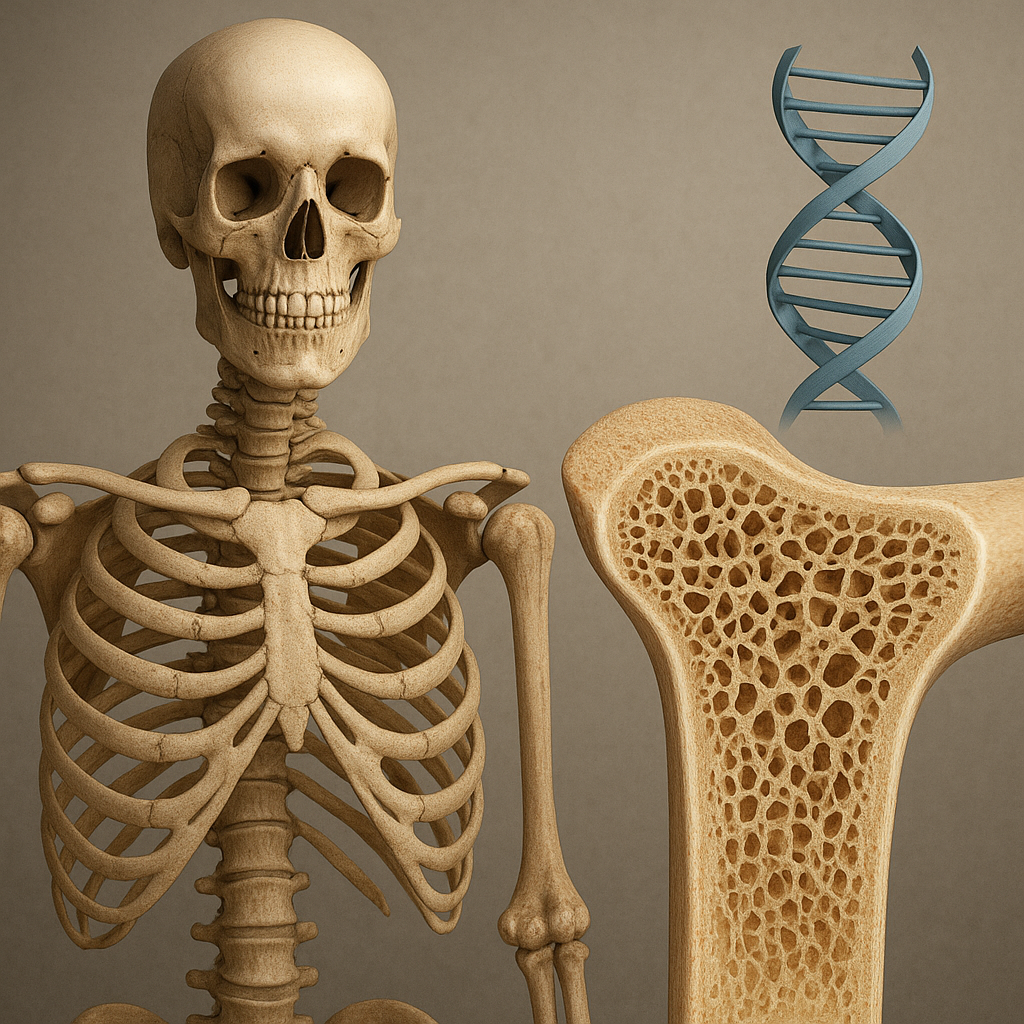The biomechanics of bones is a fascinating field that explores how our skeletal system functions under various forces and loads. Understanding how bones absorb and distribute force is crucial for fields such as orthopedics, sports science, and rehabilitation. This article delves into the intricate mechanics of bones, examining their structure, the forces they encounter, and the implications for health and performance.
Understanding Bone Structure
Bones are not merely rigid structures; they are dynamic tissues that adapt to the forces exerted upon them. The primary components of bone include:
- Bone Cells: There are several types of cells in bone tissue, including osteoblasts (which build bone), osteoclasts (which break down bone), and osteocytes (which maintain bone tissue).
- Bone Matrix: This is the intercellular substance that provides structural support. It consists of organic components, such as collagen fibers, and inorganic minerals, primarily hydroxyapatite, which gives bones their hardness.
- Bone Types: There are two main types of bone: cortical (compact) bone, which is dense and forms the outer layer, and trabecular (spongy) bone, which is lighter and found within the interior of bones.
The unique structure of bones allows them to withstand various types of mechanical stress, including tension, compression, and shear. The arrangement of collagen fibers and mineral content varies between different bones and even within the same bone, allowing for optimal performance under specific loading conditions.
Forces Acting on Bones
Bones are subjected to a variety of forces throughout a person’s life. Understanding these forces is essential for comprehending how bones absorb and distribute stress. The primary types of forces include:
- Compression: This force pushes down on the bone, causing it to shorten. It is commonly experienced in weight-bearing activities, such as walking or running.
- Tension: This force pulls on the bone, causing it to lengthen. Activities like jumping or pulling can create tensile forces on the skeletal system.
- Shear: This force acts parallel to the surface of the bone, causing it to slide or deform. Shear forces are often encountered during twisting motions.
Each type of force affects the bone differently, and the ability of bones to absorb and distribute these forces is crucial for maintaining structural integrity and preventing injury. The concept of stress and strain is fundamental in this context:
- Stress: This is defined as the internal resistance offered by the bone to external forces, measured as force per unit area.
- Strain: This refers to the deformation of the bone in response to stress, expressed as a percentage of the original length.
The relationship between stress and strain is often represented by the stress-strain curve, which illustrates how bones respond to increasing loads. Initially, bones exhibit elastic behavior, meaning they can return to their original shape after the load is removed. However, beyond a certain point, known as the yield point, bones may undergo plastic deformation, leading to permanent changes in structure.
The Role of Bone Remodeling
Bone remodeling is a continuous process that allows bones to adapt to the forces they encounter. This process involves the coordinated activity of osteoblasts and osteoclasts, which work together to maintain bone health and integrity. Factors influencing bone remodeling include:
- Mechanical Loading: Regular physical activity stimulates bone formation, while a lack of mechanical stress can lead to bone resorption and weakening.
- Hormonal Regulation: Hormones such as parathyroid hormone, calcitonin, and sex hormones play significant roles in regulating bone metabolism.
- Nutrition: Adequate intake of calcium, vitamin D, and other nutrients is essential for maintaining bone density and strength.
Understanding the mechanisms of bone remodeling is vital for developing strategies to prevent and treat conditions such as osteoporosis, where bones become fragile and more susceptible to fractures.
Implications for Health and Performance
The biomechanics of bones has significant implications for both health and athletic performance. For athletes, understanding how bones absorb and distribute force can inform training regimens and injury prevention strategies. Key considerations include:
- Training Load: Gradually increasing the intensity and volume of training can help bones adapt and strengthen, reducing the risk of stress fractures.
- Technique: Proper biomechanics during physical activities can minimize excessive forces on bones, lowering the risk of injury.
- Recovery: Allowing adequate time for recovery is essential for bone health, as it provides the necessary time for remodeling and adaptation.
For the general population, understanding bone biomechanics is crucial for maintaining bone health throughout life. Engaging in weight-bearing exercises, ensuring proper nutrition, and avoiding excessive sedentary behavior can help promote strong bones and prevent conditions like osteoporosis.
Conclusion
The biomechanics of bones is a complex and dynamic field that highlights the remarkable ability of our skeletal system to absorb and distribute forces. By understanding the structure of bones, the forces they encounter, and the processes of remodeling, we can better appreciate the importance of maintaining bone health. Whether for athletes aiming to enhance performance or individuals seeking to prevent injury, knowledge of bone biomechanics is essential for promoting a healthy and active lifestyle.













